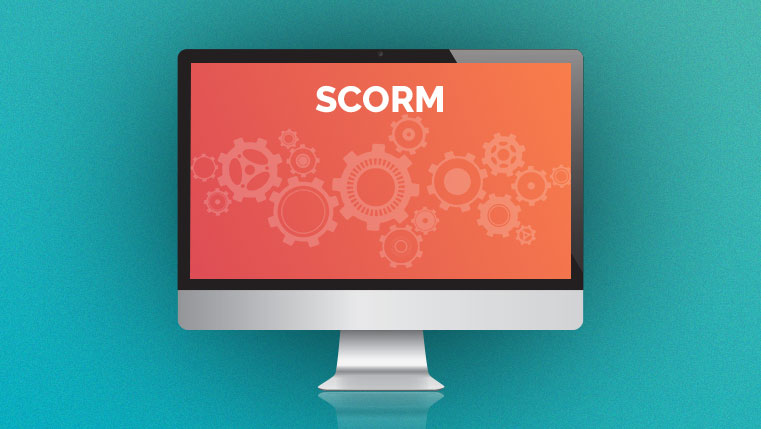How You Can Use an LMS to Administer Courses Successfully

Craig is the training manager of a large pharmaceutical company. Recently, his organization purchased the latest version of a popular Learning Management System (LMS). The firm customized the LMS according to its needs and started administering courses using the system. However, to Craig’s dismay, learners showed little interest in the LMS and course completion rates fell drastically.
Many in the L&D fraternity face a similar predicament. How can an LMS be used to administer courses successfully? What does it take to ensure learners complete the lessons delivered through a learning management platform? Let us see.
1. Convince Learners that the LMS can be Used Effectively
Many staff members wrongly believe that LMSs are hard to use, and as a result, show little interest in using them. Needless to say, the course completion levels are low. This notion must be dispelled, by educating the workforce that LMS is learner-friendly. One of our clients used social media with a high degree of success to spread the word about the user-friendliness of its LMS. The client created a five-minute video that showed how a learner can log into to the tool easily and access and complete the courses assigned to him in a hassle-free manner. The video went viral and course completion rates increased considerably.
2. Use the LMS to Create Interest in Courses
Most organizations use their LMSs to send automated e-mails to their people informing them of the web-based courses assigned to them. Make sure that these e-mails pique the interest of learners in the courses. It is a good idea to attach a short video explaining how the online course would be useful to them and what pre-session activities must be completed. Learners who understand the benefits of a course are most likely to complete it. You can also send a ‘course trailer’ to the learners to give them a firsthand feel of the e-learning course.
3. Ensure that the LMS can be Navigated without Hassles
Ease of navigation is one of the most important aspects you need to consider for administering courses successfully. Issues in LMS navigation can put off your people and deliver them poor learning experiences. To avoid this problem, make sure the navigation of your learning management platform is simple. Here are two aspects you need to focus on, to create learner-friendly navigation for your learning management platform.
- Use text that is clear and easily recognizable, on the navigation buttons of your LMS. For instance, learners need to access the final quiz, after completing a course, by clicking a button. Use the label Click here to access the assignment instead of Assignment.
- See that the GUI of the LMS is available in the native languages of your learners. This would enable learners in non-Anglophone countries to easily navigate through the system.
4. Resolve Technical Issues Quickly
Resolution of technical glitches is one of the most important, (and unfortunately one of the most neglected) aspects of LMS administration. Learners will be frustrated, when they face problems in accessing the course, and they may quit the course if the problems are not resolved fast. Many companies rely on the staff of their IT department to fix problems, and this can result in delays as the personnel are often busy performing other tasks. So, it is advisable to set up a dedicated team to resolve issues faced by your learners.
5. Seek Feedback from Learners
Soliciting feedback from your learners is beneficial in two ways. Firstly, you can know how your learners feel about the LMS and whether they are facing any problems in using the course administration platform. This would go a long way in making improvements to the LMS to deliver better user experiences. The second advantage of seeking feedback is that the learners feel their opinions count. This helps increase the acceptance levels of the LMS, because they feel they are a part of the course administration process.
6. Make Sure Your LMS is Responsive
The number of people using multiple devices to access online applications is increasing with each passing day. You need to ensure your LMS is device-agnostic to ensure your people can access e-learning courses on the device of their choice without any problems. Today, many popular LMSs such as MOODLE can be used to deliver web-based courses on multiple devices in an effective manner.
By following these tips, you can use your LMS to increase course completion rates considerably.
How do you administer e-learning courses? We’d love to know.




![Why Lectora is Ideal to Create SCORM-Compliant Mobile Learning Courses [Infographic]](https://blog.commlabindia.com/hubfs/Imported_Blog_Media/lectora-for-scorm-compliant-mobile-learning-infographic1.jpg)
